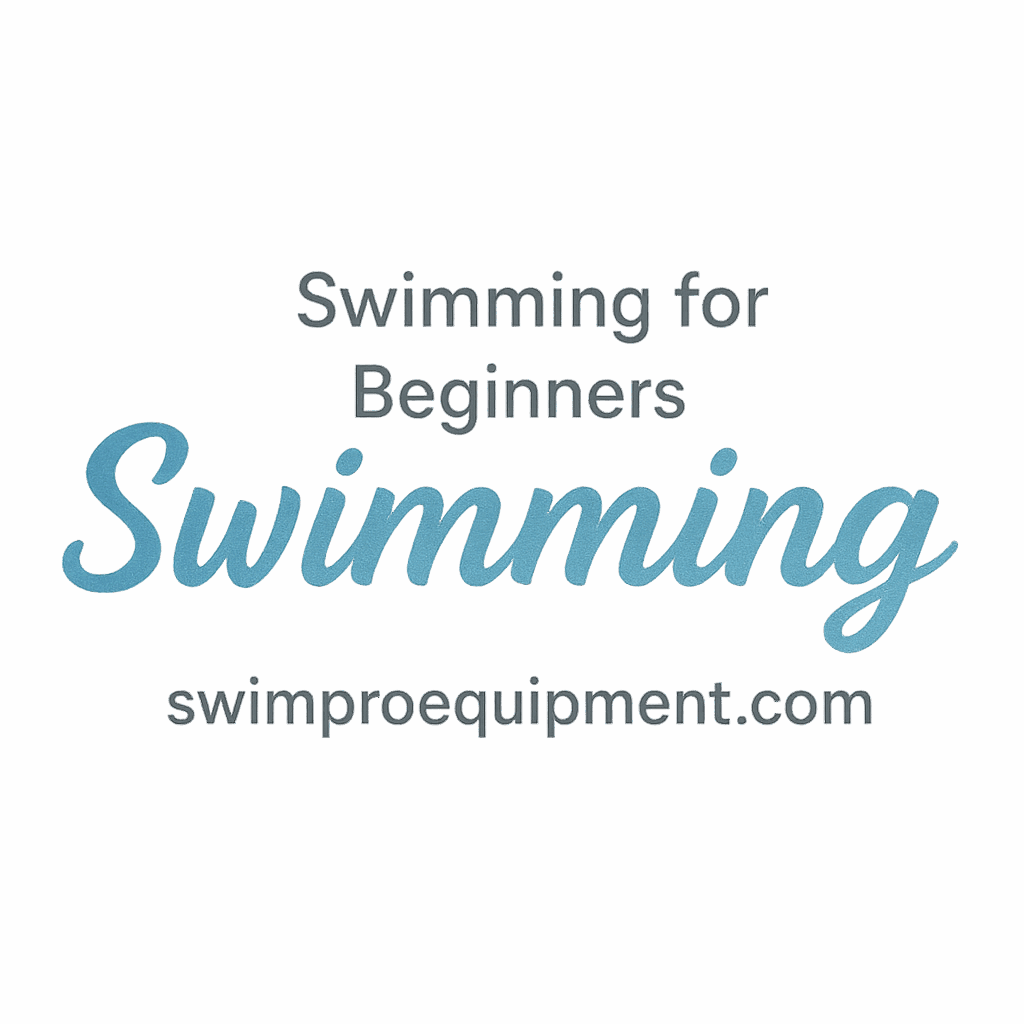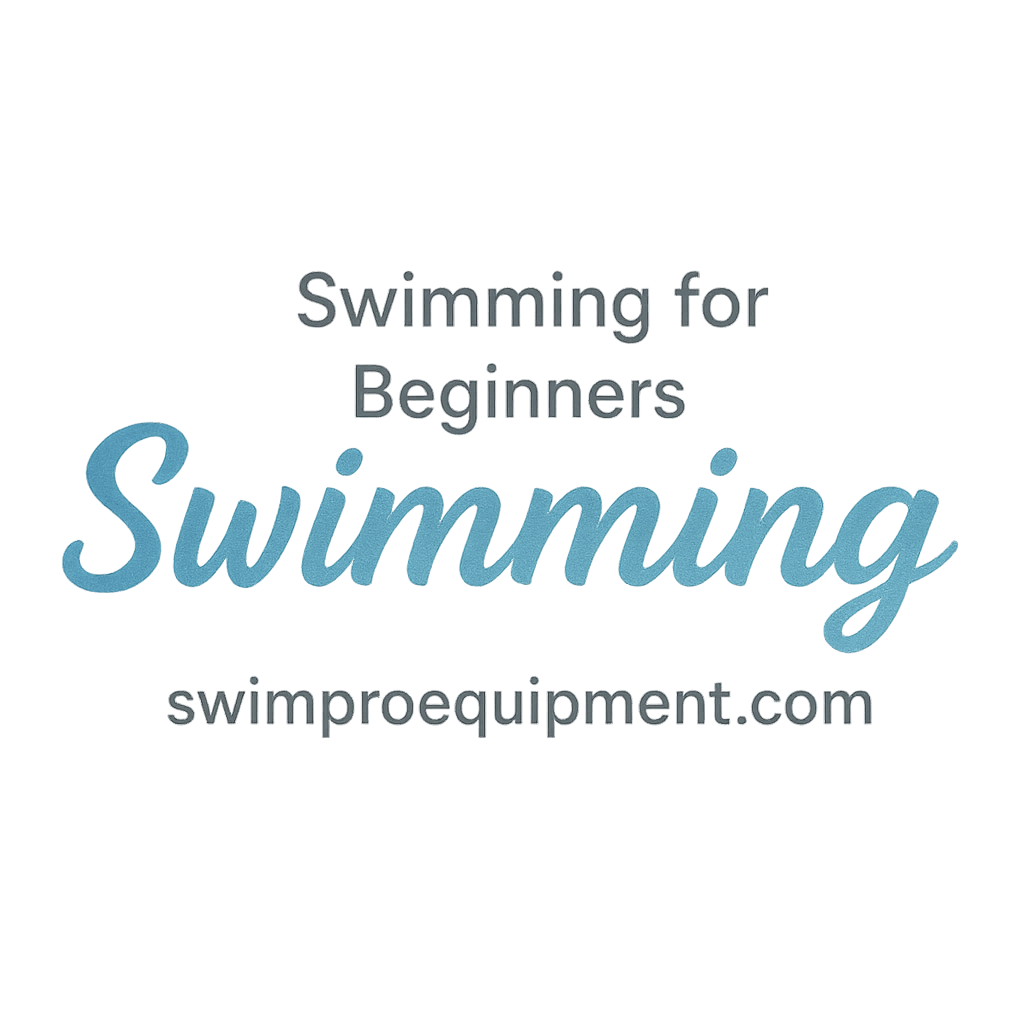Introduction
Whether you’re just dipping your toes into swimming or you’ve been practicing for a while, one of the biggest game-changers in your swim technique is perfecting your body position. Think of it like building a house—you need a strong, straight foundation. If your posture is off, everything else (breathing, strokes, speed) suffers. So today, we’re diving into six essential steps to help you perfect your swimming body position and swim like a pro!
And hey—don’t forget to check out SwimProEquipment for gear, guides, and more!
Why Body Position Matters in Swimming
Efficiency and Speed
Your body position determines how much resistance you’re creating in the water. A flat, streamlined posture helps you glide like a bullet. A sloppy posture? That’s like dragging an anchor.
Injury Prevention
A poor body position increases the risk of shoulder, neck, and lower back injuries. Keeping a proper line reduces strain on joints and muscles.
Energy Conservation
Swimming with proper form allows you to move further with less effort. That means longer swims, better workouts, and faster improvement.
Want to explore more about swimming safety and health? Visit Swimming Safety & Health for expert insights.
Step 1: Understand the Basics of Swimming Posture
The Horizontal Line
The most basic rule: your body should be as flat as possible on the water’s surface, like a raft. Your head, hips, and feet should align in one smooth horizontal line.
Neutral Head Position
Your head should be in a neutral position, not lifted. Eyes should gaze downward. If your head is too high, your hips will sink—creating more drag.
Learn more about body alignment at our Beginner’s Swimming Techniques Guide.
Step 2: Master Your Core Engagement
Why Your Core is the Powerhouse
Your core isn’t just for crunches—it’s your stability center in the water. A strong core helps keep your body aligned and reduces unnecessary movements.
Simple Core Drills for Swimmers
Try flutter kicks with your hands by your side, or do streamline holds on your back to train your midsection to stay engaged while floating.
Explore related workouts at Training Workouts for Beginners and the core training tag.
Step 3: Learn to Control Buoyancy
Proper Breathing Equals Better Balance
When you breathe correctly—deep into the belly—you stabilize your body. Exhaling fully helps avoid that dreaded “sinking legs” problem.
Floating Exercises to Practice
Practice floating face-down in the water with arms extended and relaxed breathing. Focus on keeping your body still and stable.
Want more beginner-friendly tips? Check out our tag Beginner.

Step 4: Focus on Streamlining
Glide Like a Torpedo
After each push-off, you should glide in a perfect streamline with arms extended and squeezed behind your ears. Less surface area = less resistance.
Streamlining Drills and Tips
Practice vertical kicking with your body tall and tight. Use a kickboard to align your posture. Every swim set should start and end with streamline practice.
Explore tools that help improve streamline in our Swimming Gear & Equipment section and Essentials tag.
Step 5: Fine-Tune Arm and Leg Position
Don’t Let Arms or Legs Drag
Your arms should enter the water at shoulder-width. Legs should stay straight and close together. Floppy limbs = major drag.
How to Spot and Fix Drag
Have a friend or coach film you. Watch for limbs breaking form or flaring out. That’s a visual cue it’s time for correction.
Related: Tag – Swimming Technique
Step 6: Train with Feedback and Tech
Use Mirrors and Videos
Underwater mirrors or phone videos can reveal exactly how your body lines up. Seeing is believing—and correcting.
Try Swim Tech Tools
From body position sensors to form trackers, tech like SwimPro tools can revolutionize how you learn. Explore the best swim tech at SwimProEquipment.
How to Track Your Progress in Swimming
Journaling Your Sessions
Keep a swim log. Note how your body felt, what drills you did, and what improved. Over time, you’ll see patterns and wins.
Using Swim Apps and Devices
Apps like Swim.com or Form goggles give live feedback on your form, pace, and symmetry.
Related read: Motivation and Progress for Swim Learners
Common Mistakes to Avoid in Body Position
Lifting the Head Too High
Common when breathing—especially freestyle. Keep one goggle in the water when turning to breathe.
Sinking Legs
If your core isn’t engaged or you’re holding your breath, your legs drop. Engage your abs and exhale slowly.
Overarching the Back
Your spine should be neutral—not arched. A stiff back increases resistance and slows you down.
More tips on body control here: Tag – Body Position
Staying Motivated During Training
Celebrate Small Wins
Nailed your streamline? Shaved off 5 seconds? Celebrate it! Progress is progress.
Join a Swim Community
Being part of a group keeps you accountable and motivated. Look for swim forums or local clubs.
Explore more under the Progress Tag and Improvement Tag
Importance of Warm-Ups and Cool-Downs
Preventing Injury and Enhancing Flexibility
Never skip your warm-up! It helps prep your muscles and reduces the chance of injury. Cooling down stretches out tired muscles and boosts recovery.
Want injury tips? Visit Injury Prevention Tag and Warm-Up Tag
Conclusion
Perfecting your swimming body position isn’t something you fix overnight—but with consistent practice and the six steps we covered, you’ll start to feel smoother, faster, and more confident in the water. It’s all about small changes that add up to big results.
Remember to invest in the right tools, listen to your body, and keep learning. And if you need a hub of swimming knowledge, check out SwimProEquipment for everything from technique basics to training workouts.
Happy swimming—and may your body always stay perfectly aligned!
FAQs
1. What’s the most important part of body position in swimming?
Keeping your body flat and aligned at the water’s surface is key. This reduces drag and boosts speed.
2. How do I stop my legs from sinking?
Focus on core engagement and proper breathing. Exhale fully and keep a slight forward lean from the chest.
3. Should I use swim tools to improve body position?
Absolutely! Fins, kickboards, and swim tech can help you isolate and perfect your form.
4. What drills improve streamlining?
Try vertical kicks, streamline glides, and push-offs with extended arms and tight core alignment.
5. How often should I practice body position drills?
Include body position drills in every swim session, even for just 5–10 minutes.
6. Can beginners fix body position easily?
Yes! With the right focus and drills, beginners can see noticeable improvements in just a few sessions.
7. Where can I learn more about swimming techniques?
Visit SwimProEquipment’s Swimming Basics Techniques page for everything you need.


